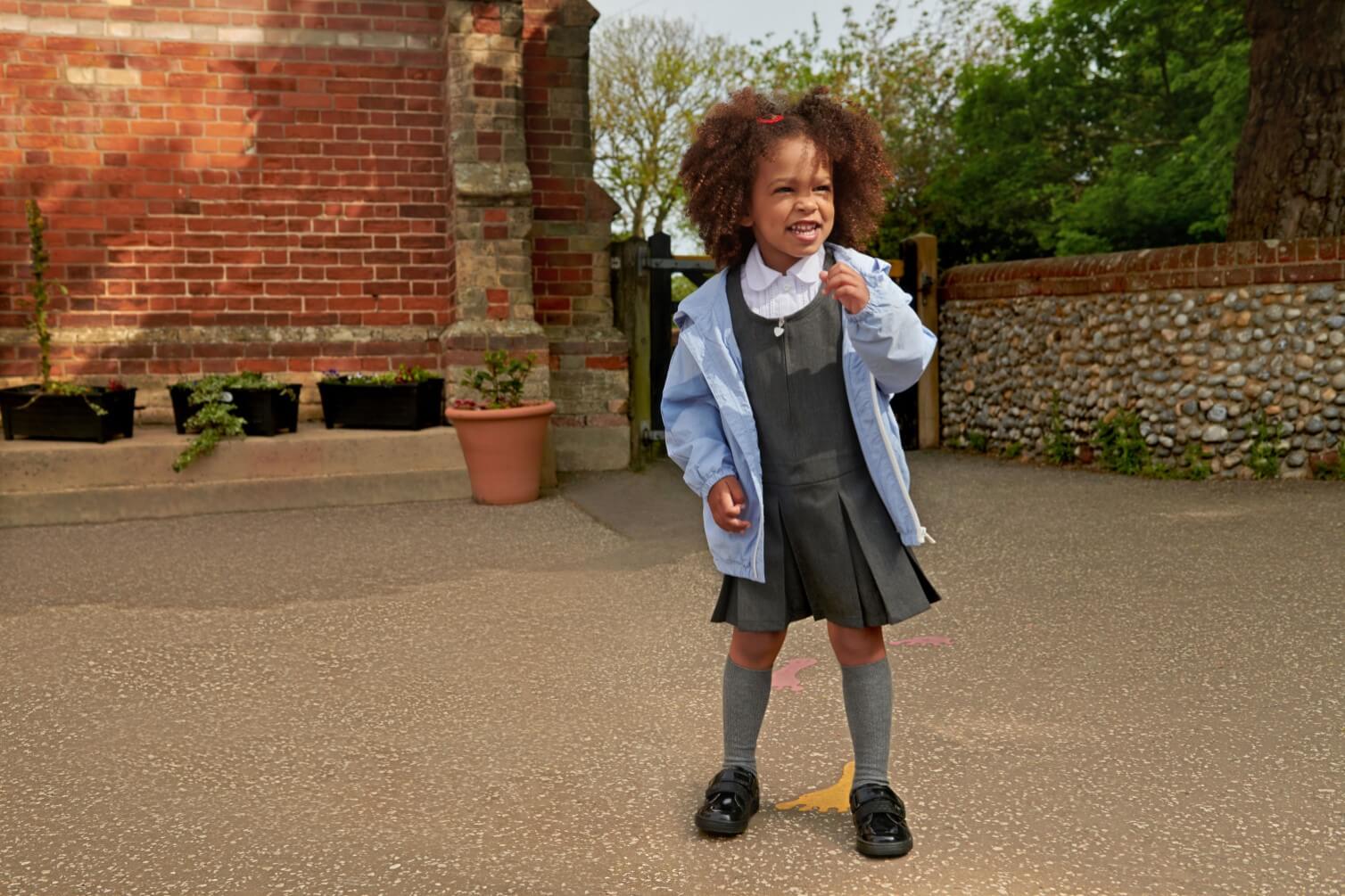
Blisters are the result of friction between the foot and the shoe and as all foot shapes vary, there isn’t one single shoe shape that will be right for every foot, so unfortunately blisters can be a consequence of new shoes.
Finding the right shoe for the shape of your child's foot and getting their feet measured professionally can help prevent friction. If your child develops blisters after wearing new shoes, it might not have been avoidable so please don’t feel guilty! Here is our guide to what causes blisters and how to prevent them.
A blister is a liquid filled sack formed under the epidermis, which is top layer of the skin. A blister creates a raised portion of skin. There are a couple of reasons why you might experience blisters from new shoes. Here are the key reasons:
1. Friction
A friction blister, which is the most common type of blister associated with wearing new shoes, forms when the skin is rubbed and a clear fluid is released under the top layer of skin. With a new pair of shoes, when the leather can feel stiff and the shape of the shoe rigid - designed to support a variety of different foot shapes - parts of the foot might rub against a section of the shoe while it ‘wears in’ and this can cause a blister. Our shoes are wear-trialled by children and made with soft leathers, so we do everything to try to avoid uncomfortable rubbing, but feet are so individual that this can sometimes happen, until the shoes soften and mould to your child's foot.
2. Excessive moisture
Blisters can form following excessive moisture build up within a shoe. These types of blisters are more commonly experienced by athletes, walkers and runners. Sweaty feet can increase friction levels as it makes it more difficult for the foot to slip or slide in the shoes. The moisture weakens the skin and can increase the potential for the skin to be rubbed to form a blister. Thankfully our breathable linings and proprietary Air-Rite technology increases the air flow inside the shoes and reduce sweat from building up.
See here more information on the importance of foot health and how to look after your feet.
There are a few steps you can take, to avoid blisters forming when you have new shoes. The most important factor is to wear shoes that fit and are suitable for the shape of your child's foot. For example, if your child has wide feet, look for shoes with a rounded toe in width fittings from G to H. Look for fastenings such as rip-tape, laces or buckles that give you more adjustability and if you still need more width, consider sizing up half a length size as this will also increase the width. Here is a list of other ways you can aim to avoid blisters with new shoes:
1. Wear socks
Cotton socks are great moisture absorbers, which means they will trap heat and sweat around the foot and can actually encourage blisters to form with friction. Socks with a higher synthetic value are better at keeping the moisture away from the foot and will better protect the skin from friction. However, all socks are a great way to protect your feet from rubbing new shoes, so always wear socks and make sure you wear a clean pair each day.
2. Check the fit
Your child’s shoes should hold at the heel and prevent slipping, while allowing ‘wiggle room’ at the front. This is also what we call ‘growing room built in’ and this should be a thumb's width of space between the end of the longest toe and the end of the shoe.
It’s important to check the fit and exchange or return any shoes that don't fit properly before use. We recommend buying shoes during the summer holidays and wearing them for a few hours each day before going back to school, specially for little ones who might have got used to a carefree summer with bare feet or wearing sandals. Enclosed quality leather school shoes will feel quite different and might take some getting used to.
See our extensive collection of children’s shoes.
3. Take it slow
If it’s possible, for the first few days ask your child not to run around too vigorously in their new shoes to enable the foot to comfortably get used to the shoes and the shoes to get used to the shape of the feet inside them. Take the shoes off when returning from school and if they are wet from the rain, ensure they are properly dried before using them again. If shoes are rubbing it’s best to alternate them with another pair while the new pair becomes accustomed to the feet.
4. Prevention rather than cure
If your child’s feet are prone to blisters, consider using blister prevention products such as patches or pads on areas that are likely to cause concern.
5. A helping hand
If your child is still in discomfort from wearing their shoes around the house for a few hours you may want to help the process along a little. Using your hands, rub and massage the leather. The warmth in your fingers and hands, along with the rubbing motion will warm and soften the leather, making it more comfortable to wear. This will not compromise the structure of the shoe, which is designed to hold and support your child’s foot securely.
Author: Vista, published 09-11-2022.